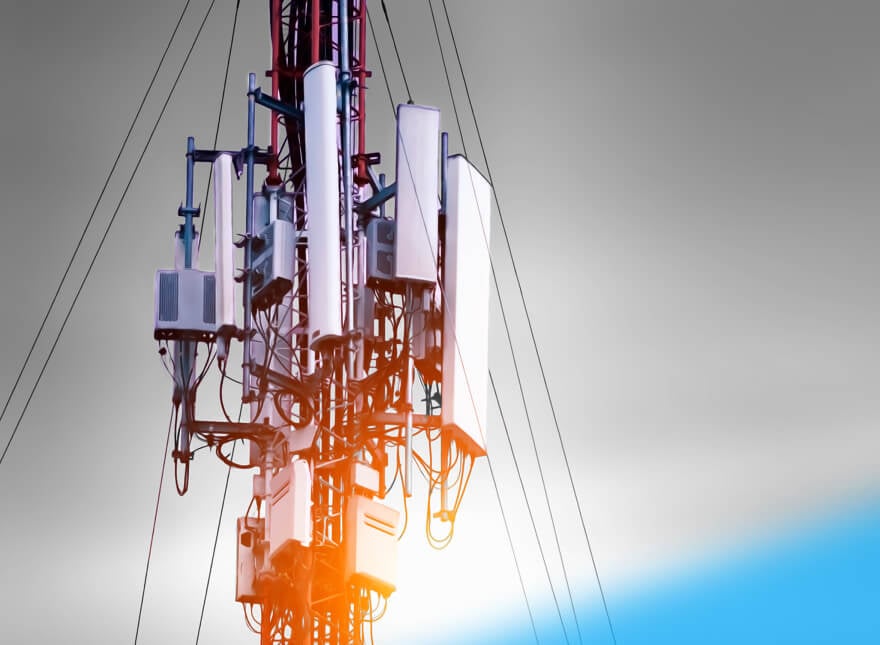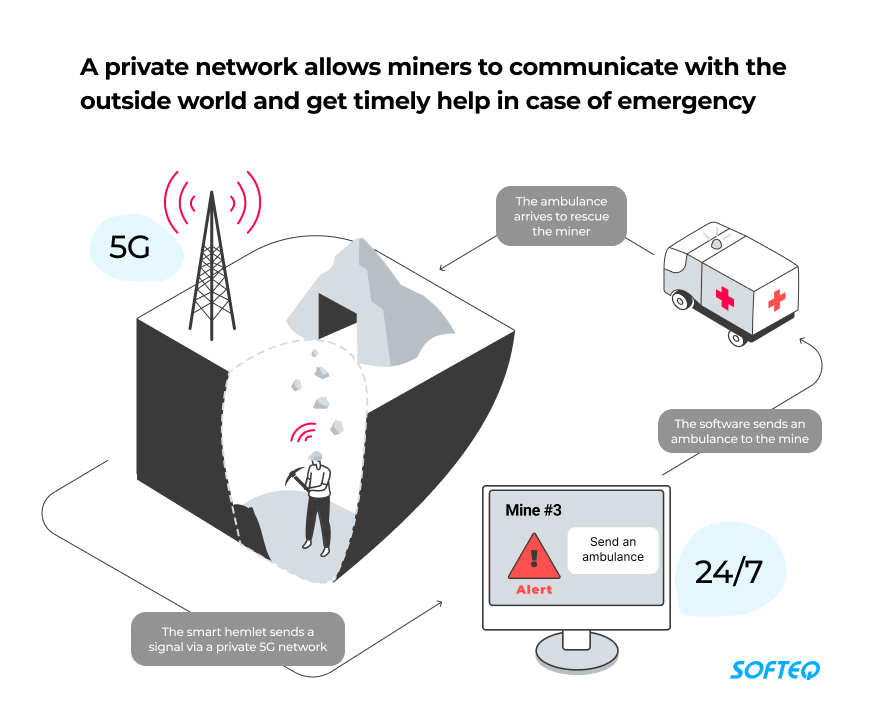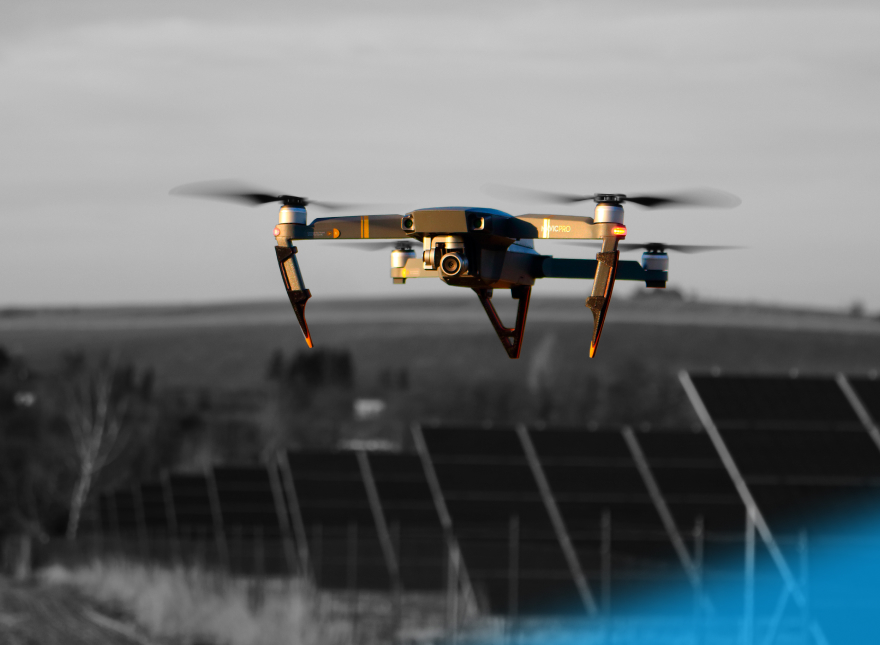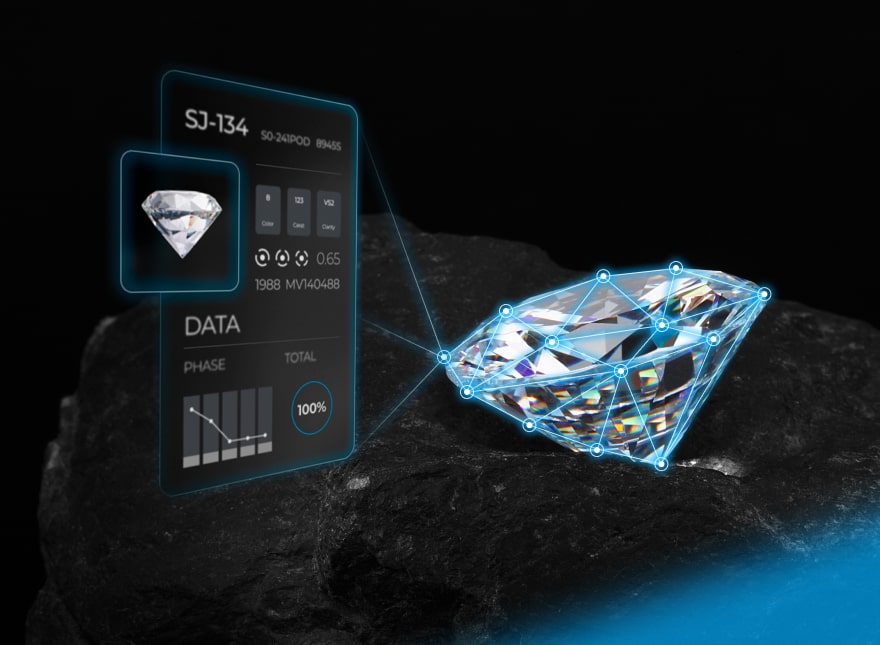Check out our latest blog article: From component to enterprise – modular robotics done right.
5G Private Network Use Cases For Different Industries

Let’s say you own a sensor-based smart factory. Robots run errands within the factory. Autonomous vehicles move parts from one shop floor to the other. Production lines require none of your time and attention. Machines are equipped with all sorts of cheap and powerful sensors. It sounds like a beautiful life, right? But one day, everything fails. Blackout. Too many sensors have put too much pressure on the system.
How can businesses avoid such a catastrophic scenario when a software development company has given them a fully interconnected ecosystem for the factory floor? The answer is to ensure connectivity both on and off the shop floor. 5G can provide this and more.
Continuing the story:
Massive digital transformation demands high speed, high capacity, and low latency. Public 5G networks can handle such challenges. That’s why we’ve been waiting for the next-gen wireless technology for years. Everyone is ready to switch to 5G once cell towers guarantee adequate coverage...
…But here comes news about airlines claiming that these towers interfere with their aircraft landing systems. And this delays public 5G networking. Again.
Organizations can no longer wait until a mobile carrier comes to help them realize their ambitious projects. That’s why private 5G networks are taking off. 75% of manufacturing organizations aim to adopt private 5G networks by 2024. They believe such networks will help them digitalize and optimize their operational processes.
Is this your goal too? Let’s find out if private 5G is the right fit for you.
What is Private 5G?
Private 5G is a custom-tailored network that connects devices with the same bandwidth capacity and range as its public analog. The main difference is ownership over the 5G spectrum. Such networks can be fully private, public-private, or hybrid.
There are many reasons why private networking is gaining traction right now.
- Hardware is becoming more available
- The most important solutions are heavy and need high bandwidth to operate smoothly
- Businesses can now buy access to a licensed spectrum
Different industries win from private 5G networking. We’ve pulled together three solutions from the manufacturing, energy, and automotive sectors. Why these areas? Businesses in these sectors rely on wireless devices, sensors, and AI. Such elements need a high-speed connection to function well.
Private 5G in the Manufacturing Industry
In Industry 4.0, the amount of smart devices, robots, and connected equipment is growing. Manufacturers already suffer from issues with public networks on the factory floor. What will happen when 4.7 billion devices are connected by 2030 as expected? That’s why the establishment of private 5G networks is trending. They will transform daily operations and increase the company’s efficiency and productivity.
Private 5G facilitates many positive changes for businesses, such as:
- The ability to operate a network themselves
- Reliable data exchange with connected machines
- Shorter response times in work processes
- Higher security from local data storage
Real-Life Use Case: Providing a Manufacturing Site with an Isolated Network
John Deere is a US manufacturer of heavy equipment and agricultural machinery. At its facilities, it uses thousands of applications, connected robots, and automated guided vehicles—this is what makes it a stellar Industry 4.0 company. To connect a variety of devices, they used WiFi, Ethernet, and ZigBee. However, such diversity was both inconsistent and insecure.
So, they decided to equip around 20 facilities with a private network. The company purchased licenses for the spectrum which allows John Deere to deploy a network by themselves without needing to cooperate with a telecom operator. As a result, each of their private 5G networks includes an onsite core and isn’t connected to a public network. This makes their communication network both reliable and mobile.
Benefits
- Extended 5G in the manufacturing facilities and in the area outside the factory as well
- Better equipment monitoring
- Increased security
- Smooth adoption of machine learning and AI
Private 5G in the Energy Sector
Let’s imagine a typical wind farm. It has around 100 wind turbines, each equipped with thousands of sensors. To make a wind farm efficient, an operator needs instant access to all the data it collects. This helps capture more wind energy and convert it into electricity more effectively.
Collecting data from numerous sensors and getting instant access to it requires excellent connectivity. Unlike fiber-optic networks or 4G wireless, 5G can gather real-time data in any quantity from any number of sensors simultaneously for better electricity harvesting.
Moreover, 5G in the energy sector empowers a smart grid to become more reliable and efficient. If the network is private, it can be deployed in a hard-to-reach area and set up in line with the wind farm’s specific requirements.
Real-Life Use Case: Smart Grid Optimization
UK Power Networks (UKPN) owns and maintains electricity cables in certain areas of the UK. In order to streamline their smart grids, the company connected them to their private 5G network. UKPN’s distributed and intelligent grid devices have become more reliable and interconnected.
Benefits
- Enhanced power grid efficiency
- Improved grid reliability
- Expanded renewable energy resources
- Better energy control and reduced costs
Private 5G in the Automotive Industry
Private 5G’s role in the automotive industry is growing, particularly with autonomous vehicles. Such a car’s efficiency essentially boils down to data. There can be no room for error in its collection, use, and transfer since each can be fatal.
So what increases safety here? Better connectivity, for sure. Public 5G networking can’t handle self-driving vehicles, so this is where private 5G networks step in. They help manage self-driving vehicles locally. Private 5G also supports data exchange even in remote places such as factories and port facilities. As such, private networks also facilitate business processes.
Real-Life Example: Connecting an Autonomous Car Race to 5G
Cisco is an American computer networking brand. It has already launched a range of private 5G initiatives. One of them includes establishing car-to-trackside wireless connectivity. This was put to use at the first official autonomous car race at the Indianapolis Motor Speedway. The participants included US universities. They had the chance to prove solutions for EVs work with a perfect network connection.
The connectivity was provided by a proprietary 5G-like mesh system. It covered data exchange to and from the vehicles. This enabled driving software to collect data from cameras, LIDARs, and other types of sensors. Among other things, private 5G enabled:
- Autonomous race control commands
- The offload of telemetry data
- GPS timing alignment
Benefits
- Operating apps for a self-driving vehicle with a reliable network
- Motivating automakers to further R&D efforts
Three Scenarios When You Need Private 5G
Of course, this is just the tip of the iceberg in terms of the potential private 5G holds. Here are three scenarios where the time has come to seriously consider building proprietary 5G networks.
When you need better data security
A private 5G network allows its owner to isolate devices from public networks. This limits exposure to public interfaces. You can thereby reduce the risk of data leakage.
When you have remote worksites
The custom-tailored nature of private 5G allows you to control applications when and where necessary. It works even when a workplace is underground or in a remote area with poor or no signal coverage.

When you deploy numerous solutions with different priorities
A private network would allow you to fine-tune network performance for specific needs. For example, if you use video monitoring. Private 5G helps reconfigure priority access to this activity and deprioritize those that are less critical.
More articles on the topic






